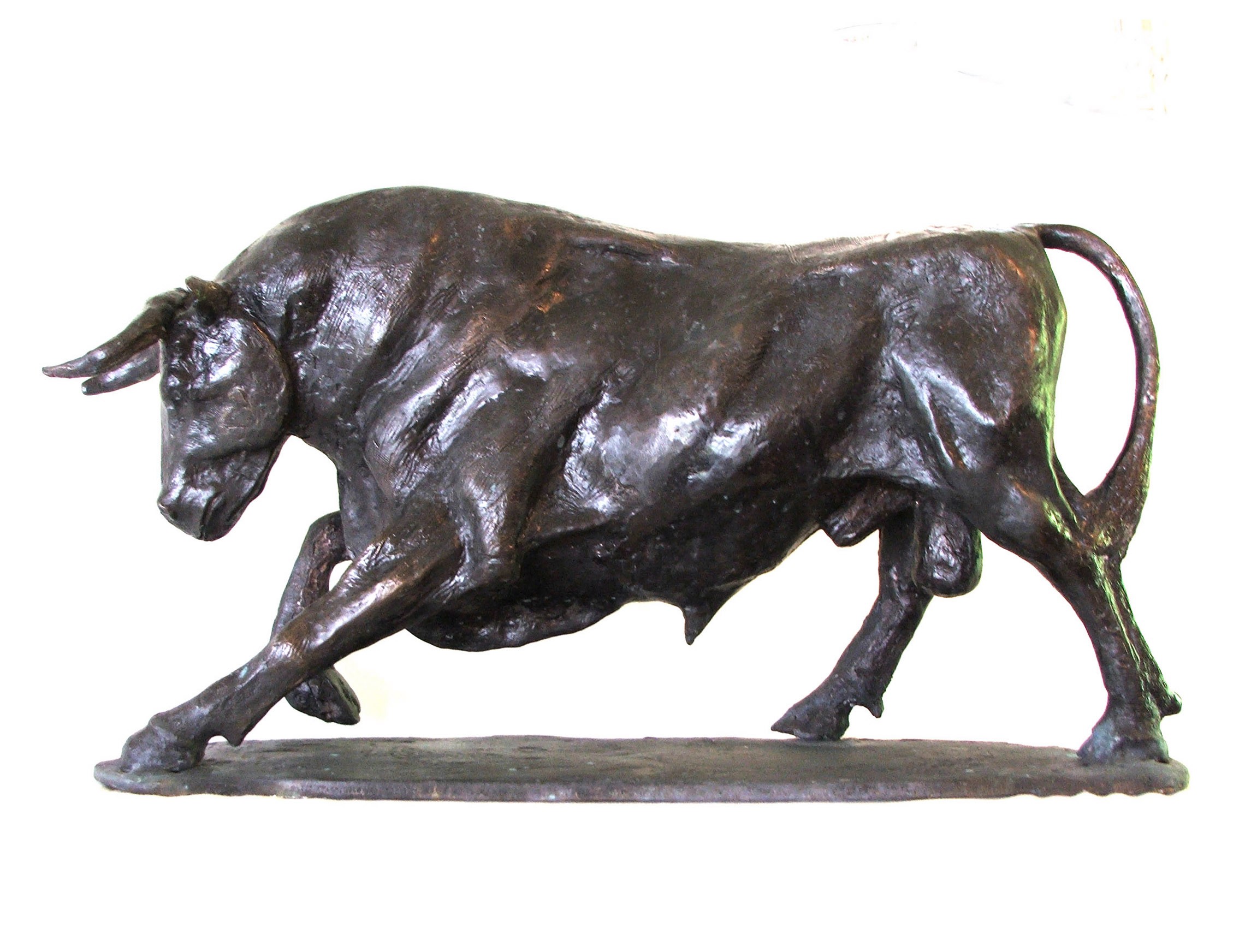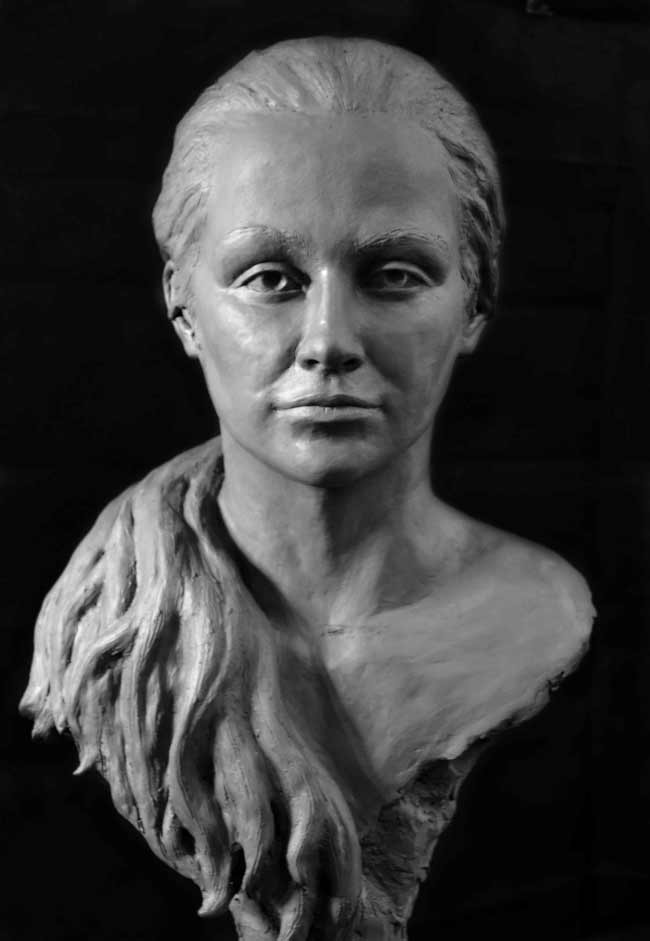The Advancement of Sculptures: From Old to Modern
The Development of Sculptures: From Ancient to Modern.
Sculpture, among the oldest types of art, has been an integral component of human world for centuries (Equine Sculptures). From the ancient worlds of Egypt and Greece to the modern era, sculptures have developed, mirroring changes in artistic techniques, materials, and cultural impacts. This journey through time traces the development of sculptures, exploring the shifts in vogue, subject issue, and imaginative expression
Starting with the old world, sculptures crafted from stone and later bronze captured the essence of deities, leaders, and everyday life. The Renaissance period saw a revival of classical sculpting techniques, as musicians looked for to replicate the stylish types of ancient Greek and Roman sculptures. In the modern age, musicians challenged conventional limits, embracing abstraction and trial and error with new materials.

This expedition will explore the varied development of sculptures, revealing the abundant tapestry of creative expression throughout various durations and cultures.
Old Sculptures: From Stone to Bronze
Old sculptures transitioned from being carved out of rock to being cast in bronze. Rock sculptures, while remarkable in their own right, were restricted by the nature of the material.
The introduction of bronze as a tool for sculptures produced a transformation in imaginative expression. Bronze provided carvers the possibility to produce lifelike and elaborate kinds that were not feasible with stone. The procedure of casting bronze permitted the development of numerous copies of a sculpture, allowing bigger distribution and conservation of these imaginative masterpieces.
The transition from rock to bronze likewise saw a change in the topic of sculptures. While stone sculptures primarily illustrated gods, sirens, and mythical numbers, bronze sculptures started to mirror a broader variety of topics, including everyday people and animals. This growth of subject showcased the flexibility and flexibility of the bronze tool.
Renaissance Rebirth: Sculpting in the Classical Style
The Renaissance rebirth of sculpture witnessed a revival in the classical style, building upon the advancements made throughout the change from stone to bronze in old sculptures. During this period, musicians sought to recreate the classical visual and ideals of elegance that prevailed in ancient Greek and Roman sculptures.
Among the vital features of the Renaissance rebirth was the emphasis on naturalism and the human form. Artists like Donatello and Michelangelo aim to catch the anatomical information and expressions of their subjects with unmatched precision. They researched the body and integrated their observations into their sculptures, leading to practical and realistic representations.
One more essential element of the Renaissance revival was the exploration of point of view and depth. Musicians utilized techniques such as contrapposto, where the weight of the body is shifted away, developing a feeling of movement and dynamism. They additionally explored with different products, including marble and bronze, to achieve a degree of elegance and details in their sculptures.
The classic style of the Renaissance rebirth had an extensive influence on later periods of art, offering as a foundation for the development of Western sculpture. It brought a restored recognition for the beauty and majesty of the human form, and its heritage can still be seen in modern sculptures today.
Innovation and the Avant-Garde: Damaging Conventional Borders

Among the vital characteristics of modernist sculpture was the focus on abstraction. Artists relocated away from realistic representations and instead focused on catching the significance of the topic via streamlined types and geometric forms. This departure from traditional representation allowed musicians to share their feelings and concepts in a much more personal and subjective way.
Furthermore, the avant-garde activity tested societal norms and conventions, urging musicians to experiment and press the borders of their art - Equine Sculptures. Artists started incorporating unique materials such as found objects, commercial materials, and even natural environments into their work. This expedition of brand-new products and methods not only increased the opportunities for sculpture but also challenged the traditional ideas of what might be considered art
Contemporary Sculptures: Discovering New Materials and Concepts
With an emphasis on discovering brand-new products and ideas, modern sculptures have revolutionized the area of art. Artists today are pressing the borders of standard sculpture by experimenting and utilizing cutting-edge materials with abstract principles. These sculptures challenge traditional ideas of definition, materiality, and kind, inviting customers to engage in a provocative and new creative experience.
Contemporary artists are accepting a wide variety of products, including plastic, glass, metal, and also raw material. Portrait Sculptor. They are not limited to the typical tool of stone or clay, permitting better freedom of speech and testing. This change towards non-traditional products has opened new opportunities for musicians to develop sculptures that are dynamic, interactive, and aesthetically striking
In addition to discovering brand-new products, contemporary sculptures also explore complicated and abstract principles. Musicians are currently exploring styles such as identification, social issues, and the environment, utilizing sculpture as a powerful medium for social commentary and introspection. These sculptures test viewers to think critically and engage with art on a deeper level, stimulating conversations and provoking emotional reactions.
Worldwide Impacts: Sculptural Practices From Around The Globe

In old Egypt, sculptures were produced mostly for spiritual and funerary functions. The iconic sculptures of pharaohs and gods, such as the Great Sphinx and the bust of Queen Nefertiti, showcase the Egyptians' mastery of stone carving and their belief in the afterlife.
In ancient Greece, sculpture reached its peak throughout the timeless duration. Influenced by the suitables of proportion, consistency, and charm, Greek sculptures highlighted the human kind and commemorated the success of heroes, gods, and athletes. The renowned sculptures of Aphrodite of Knidos and the Discobolus exemplify the Greeks' search of perfection in sculptural art.
In ancient Rome, sculpture offered both political and imaginative objectives. Portrait Sculptor. Roman sculptures often shown emperors, generals, and mythical figures, mirroring the power and grandeur of the realm. The marble sculpture of Augustus of Prima Porta and the monumental Arc of Constantine are significant examples of Roman sculptural success
Asian sculptural practices, especially in India, China, and Japan, have additionally had an extensive impact on the advancement of sculptures. Indian sculptures, such as the elaborately carved holy places of Khajuraho and the gigantic statues of Buddha, display a rich combination of religious, mythical, and architectural components. Chinese sculptures, defined by their great craftsmanship and focus to information, frequently portray deities, pets, and famous numbers. Japanese sculptures, affected by Buddhism, emphasize simpleness and peace, seen in the tranquil statues of Buddha and the stylish art of bonsai.
The global influences on sculpture continue to develop in the contemporary period. As we look to the future, it is specific that the global influences on sculpture will proceed to shape and redefine this ancient art form.
Verdict
To conclude, the advancement of sculptures has actually seen a change from old rock and bronze functions to the timeless revival during the Renaissance. This was complied with by the breaking of standard limits through modernism and the avant-garde movement. Today, contemporary sculptures explore brand-new products and concepts, while also drawing ideas from international sculptural this article customs. The journey of sculptures shows the ever-changing creative expressions and cultural influences throughout background.
From the old civilizations of Egypt and Greece to the modern-day era, sculptures have developed, mirroring changes in creative methods, products, and social impacts.Starting with the old globe, sculptures crafted from rock and later on bronze recorded the essence of deities, rulers, and daily life.Old sculptures transitioned from being sculpted out of rock to being cast in bronze. While rock sculptures mostly depicted gods, goddesses, and mythical numbers, bronze sculptures started to mirror a more comprehensive array of topics, consisting of everyday individuals and pets.In verdict, the evolution of sculptures has seen a shift from old rock and bronze functions to the timeless rebirth throughout the Renaissance.